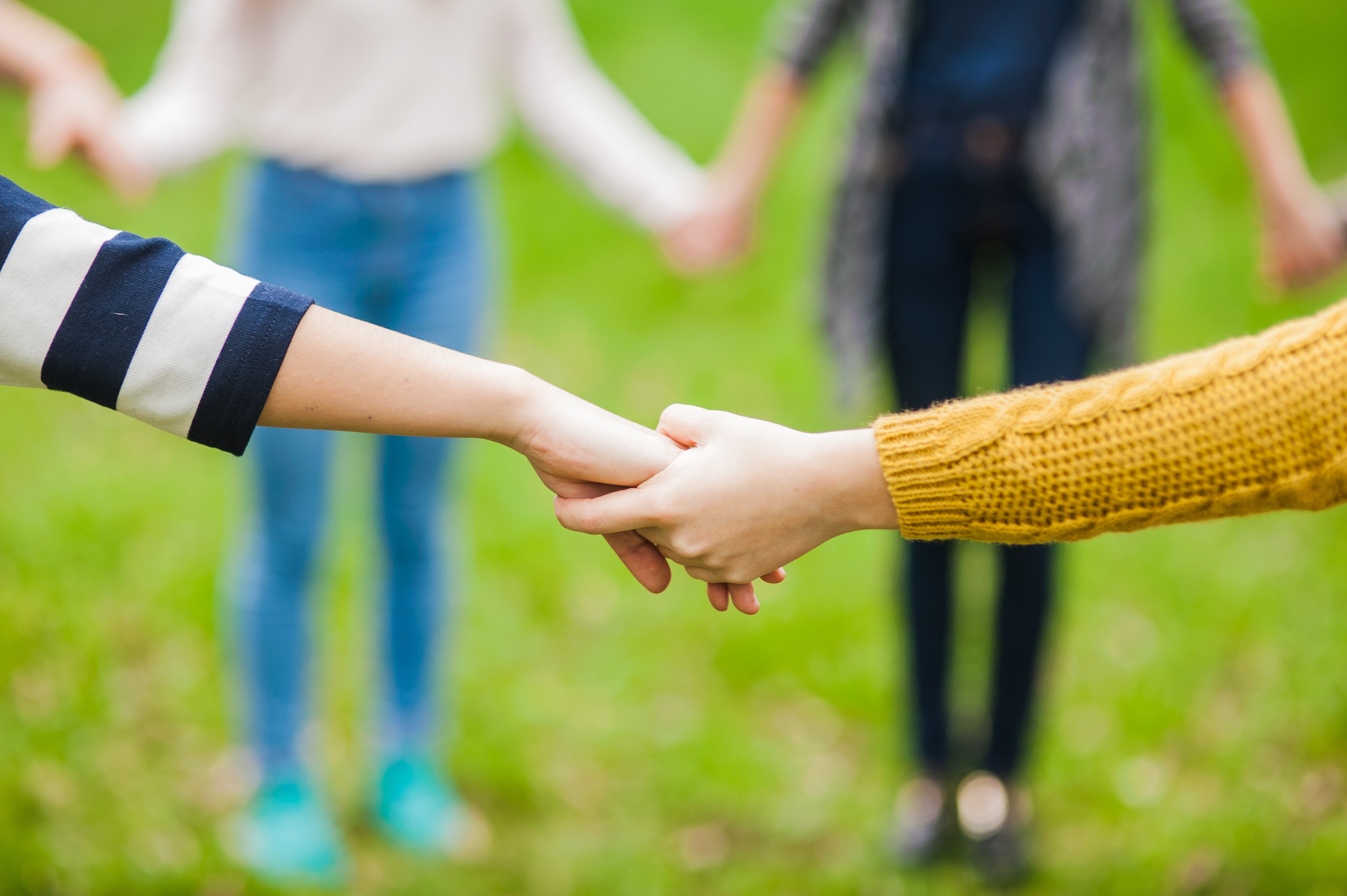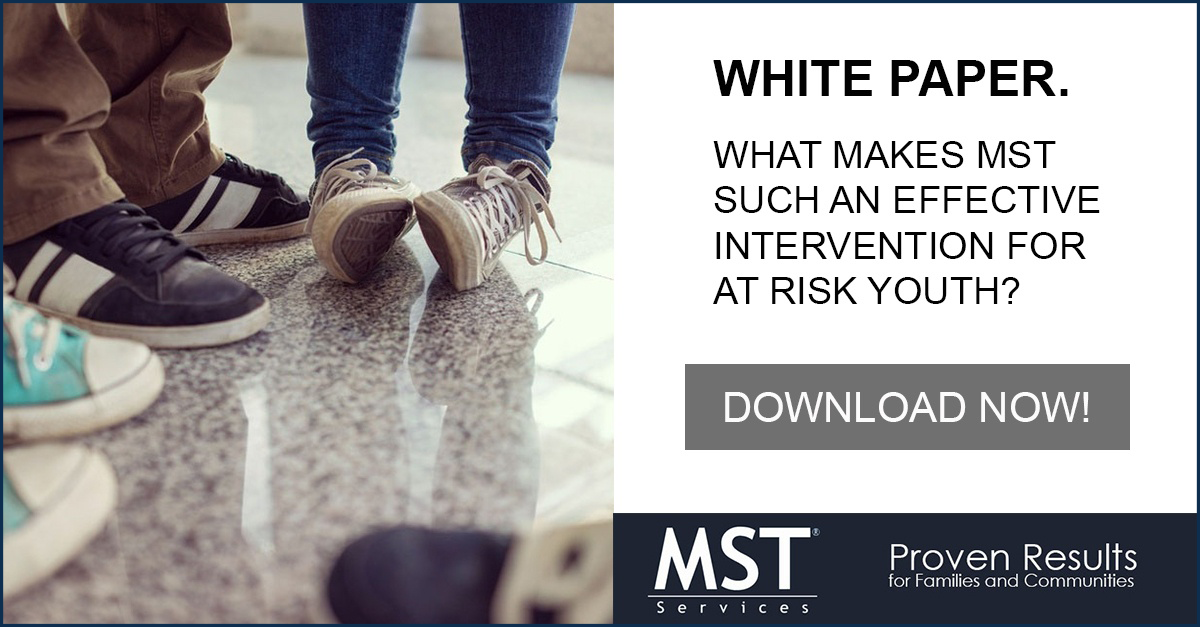
With the world facing many challenges from the 2020 pandemic, the education sector of society comes to mind as one of the biggest overnight transformations. Covid-19 has disrupted the school system in a variety of ways in order to contain the spread of the virus. 87% of the world’s student population has been affected by school closures. Now, educational institutions have transitioned from traditional learning to remote learning or hybrid class settings through phases. This has created an array of obstacles for many children and their families.

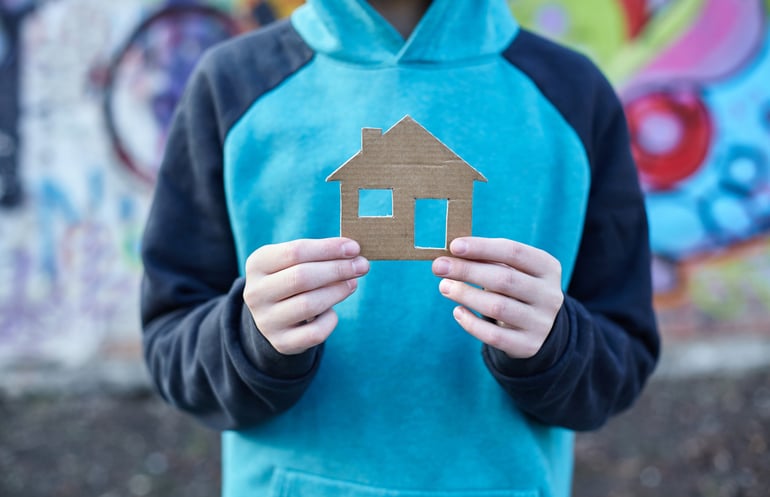
 There is no debating that the number of young people in the United States who have been exposed to traumatic events is far too high. Although estimates vary, it is believed that the prevalence of such events in the general youth population is substantial. According to the World Health Organization, one in four adults report having been abused as a child. For youth involved with the juvenile justice system, exposure to traumatic events is believed to be higher than that of community samples of similarly aged kids.
There is no debating that the number of young people in the United States who have been exposed to traumatic events is far too high. Although estimates vary, it is believed that the prevalence of such events in the general youth population is substantial. According to the World Health Organization, one in four adults report having been abused as a child. For youth involved with the juvenile justice system, exposure to traumatic events is believed to be higher than that of community samples of similarly aged kids. 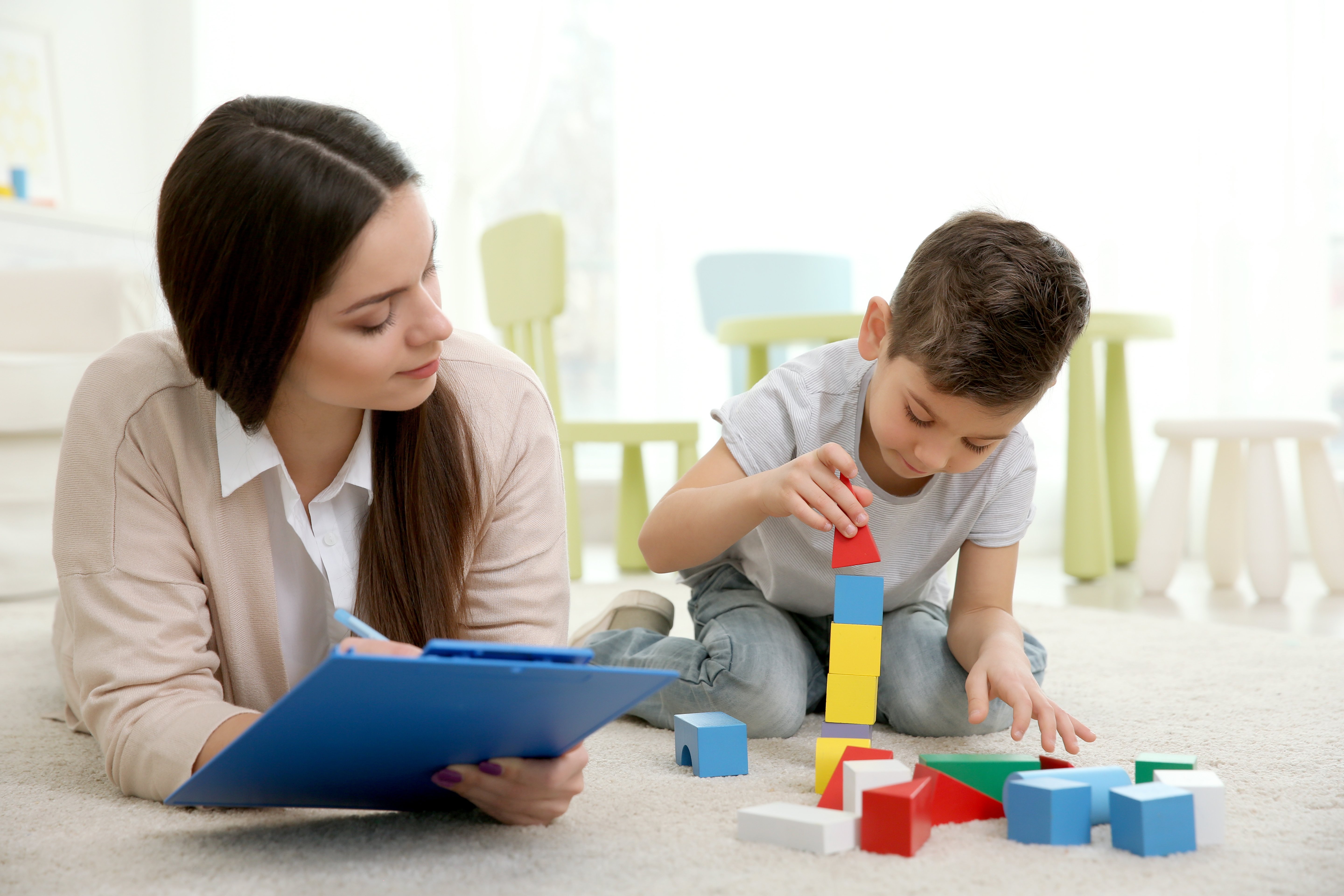 One of the most important parts of the child welfare system is the professionals who work in it, dedicating their lives to ensuring the well-being of the children within their communities. Child welfare investigators are social workers who are responsible for protecting children from situations of abuse, neglect, and other forms of mistreatment, by assessing their social, physical, psychological and emotional well-being. Investigators do this by completing a number of different tasks: they make home visits in order to explore allegations of abuse or neglect; they provide assessments of home conditions to determine whether a parent or guardian is providing adequate care; they evaluate whether a child should be removed from their living situation; and they place removed children in either temporary foster care or permanent adoptive families.
One of the most important parts of the child welfare system is the professionals who work in it, dedicating their lives to ensuring the well-being of the children within their communities. Child welfare investigators are social workers who are responsible for protecting children from situations of abuse, neglect, and other forms of mistreatment, by assessing their social, physical, psychological and emotional well-being. Investigators do this by completing a number of different tasks: they make home visits in order to explore allegations of abuse or neglect; they provide assessments of home conditions to determine whether a parent or guardian is providing adequate care; they evaluate whether a child should be removed from their living situation; and they place removed children in either temporary foster care or permanent adoptive families.

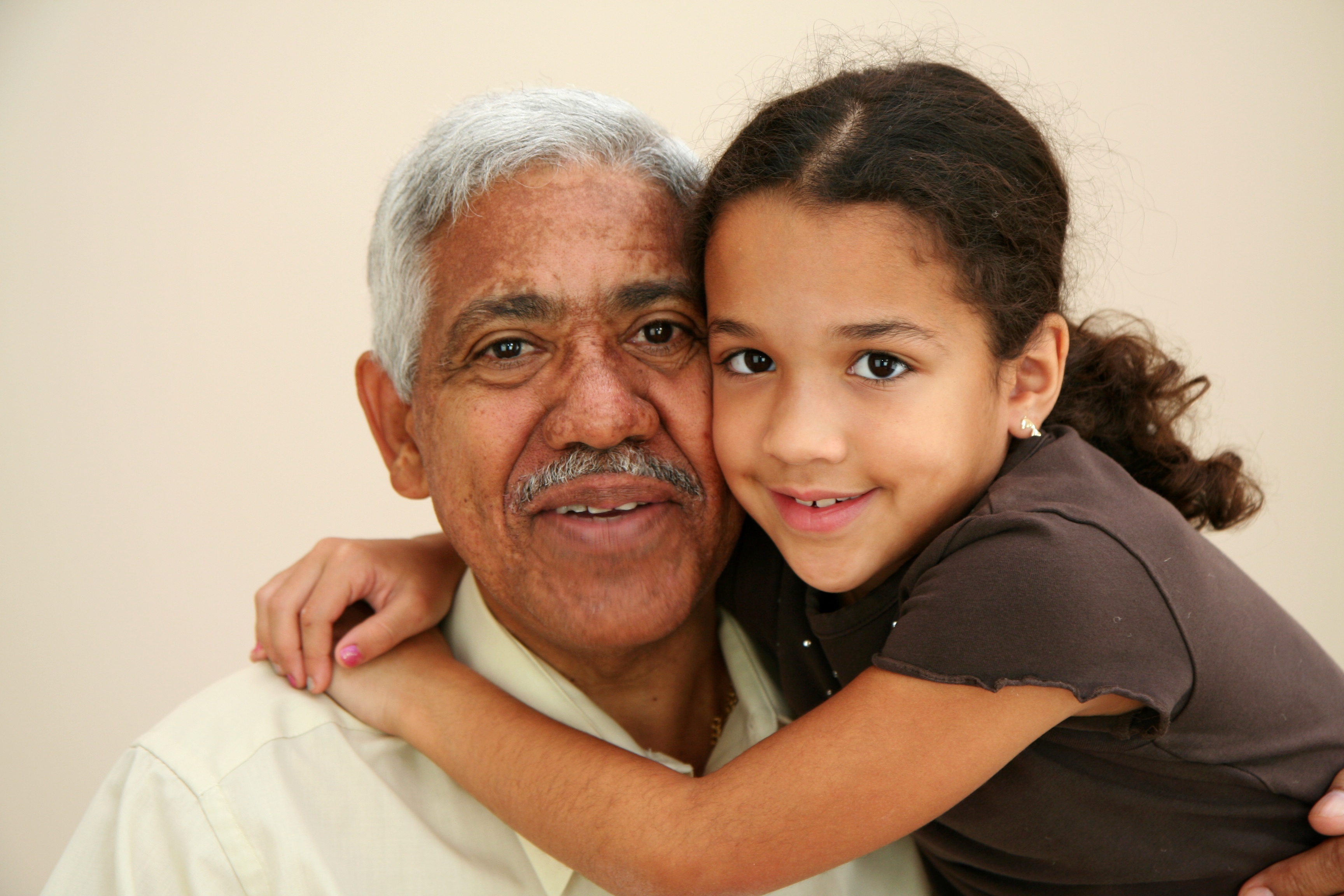
 Elizabeth’s baby was due in
Elizabeth’s baby was due in  Recurrence of child abuse happens to young children, but there is a higher risk for recurring abuse and neglect for those children if they have special needs.
Recurrence of child abuse happens to young children, but there is a higher risk for recurring abuse and neglect for those children if they have special needs.